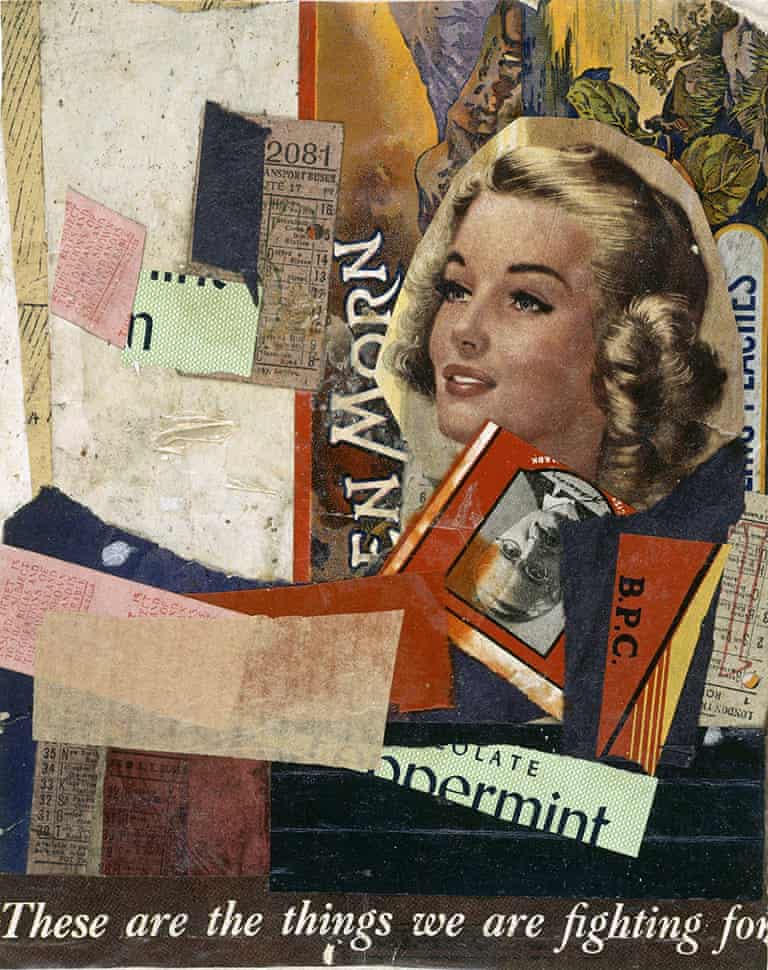Analog collage stands as a captivating medium. It seamlessly blends the past with the present, colours with textures, and light with dark. The roots of analog collage are firmly embedded in traditional techniques. Contemporary artists such as myself, have taken this age-old practice to new heights, we push the boundaries of creativity and self-expression. In this blog post, we will embark on a journey to explore the fascinating world of analog collage. We will compare and contrast traditional and contemporary styles.
Traditional Collage
Analog collage can be traced back to the early 20th century. With pioneers like Kurt Schwitters and Hannah Höch leading the way in the Dada movement. Traditional analog collage involves manually cutting and pasting paper elements. These elements were from various sources to create a cohesive and visually engaging composition. They used elements such as magazines, newspapers, and printed materials. These served as the primary fodder for artists, who meticulously curated and arranged the pieces. The artwork usually conveyed their intended message or aesthetic in a pleasing visual way.

Hannah Höch
Hannah Höch was a German artist. She is widely recognised within the realm of analog collage for her pioneering contributions through the Dada movement. The Dada movement was an avant-garde art movement which emerged after World War I. Dadaists rejected traditional artistic conventions and sought to create works that reflected the chaotic and disillusioned post-war society. Höch’s collages were not merely aesthetically pleasing; they were powerful forms of social and political commentary. She used her art to critique the societal norms and gender roles of her time. Often incorporating images from popular media to challenge traditional representations of women.

Kurt Schwitters
Kurt Schwitters, also a German artist and Dada artist. He gained recognition within the realm of analogue collage for his pioneering work in the Dada movement. He is mostly known for his development of a unique artistic style known as “Merz.”
Kurt Schwitters coined the term “Merz” to describe his artistic philosophy and practice. “Merz” was a collage technique that involved the assemblage of found objects and materials into cohesive compositions. This innovative approach allowed Schwitters to incorporate everyday items. He used things such as train tickets, newspaper clippings, and wood fragments, into his artworks. This contributed to the uniqueness of his collage style.
Schwitters was an active participant in the Dada movement. Schwitters’ collages often featured a harmonious integration of text and image. He incorporated fragments of printed words and letters into his compositions, creating a dynamic interplay between visual and linguistic elements.
The traditional approach to analog collage is marked by its tactile nature, requiring artists to physically handle and manipulate materials. This hands-on process fosters a deep connection between the artist and their work. As each cut and placement is a deliberate act that contributes to the overall narrative. The limitations imposed by physical materials add an extra layer of challenge and ingenuity. Forcing artists to think creatively within the constraints of their chosen medium.
Contemporary Analog Collage
As we venture into the 21st century, contemporary artists have redefined and revitalised the world of analog collage. But all the while still honouring the foundational principles of traditional techniques. Modern practitioners embrace digital tools and technology to enhance and expand their creative repertoire. The integration of digital elements allows for greater flexibility. Enabling artists to experiment with scale, colour, and texture in ways that were once unimaginable.
Contemporary analog collage often blurs the line between the physical and virtual realms. As artists seamlessly weave together both handmade and digitally created elements. The advent of software like Adobe Photoshop has democratised the art form. Empowering artists to explore new dimensions and push the boundaries of traditional collage. This intersection of the analog and digital worlds opens up a vast playground for artistic exploration and innovation.
Comparison
While traditional and contemporary analog collage share a common thread, their differences lie in the tools and techniques employed. Traditionalists revel in the tangible nature of their craft, embracing the imperfections and nuances that arise from physically manipulating paper. The limitations imposed by traditional materials serve as a source of inspiration, fostering a sense of authenticity and nostalgia.
On the other hand, contemporary artists embrace the dynamic possibilities offered by digital tools because of technological advances. Breaking free from the constraints of physical media. The seamless integration of handmade and digital elements allows for a more expansive and experimental approach. Pushing the boundaries of what can be achieved within the realm of analog collage.
Exploring the world of analog collage unveils a rich tapestry of creativity that spans generations. Whether adhering to the time-honoured traditions of the past or embracing the innovative tools of the present. Analog collage continues to captivate audiences and inspire artists worldwide. The juxtaposition of traditional and contemporary styles serves as a testament to the enduring nature of this versatile medium. Proving that the art of collage is not bound by the limitations of time but rather thrives in its ability to evolve and adapt.
